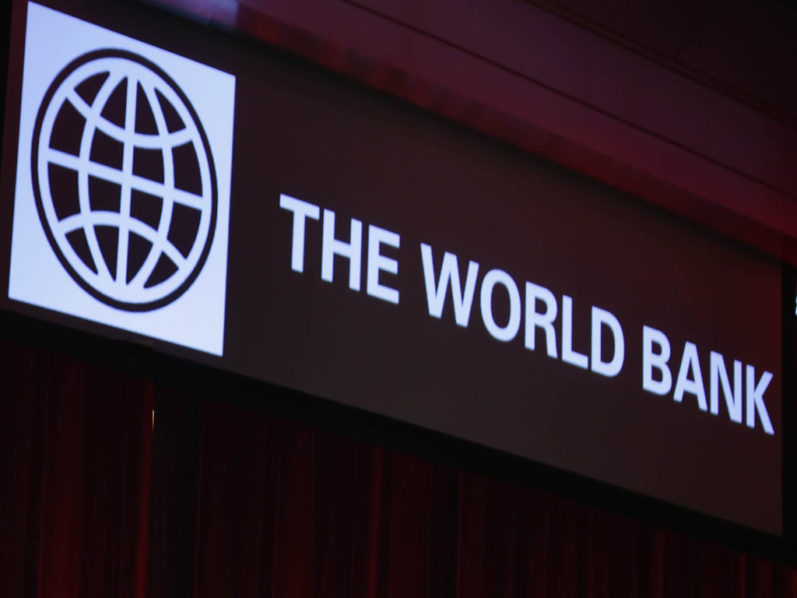The World Bank says remittance inflows to Nigeria declined by 28 per cent in 2020 because of COVID-19 pandemic.
The Bank also said remittance flows fell for Sub-Saharan Africa by 12.5 per cent, according to its Migration and Development Brief 33 Phase 11 entitled: “COVID-19 Crisis Through a Migration Lens’’ published on Thursday.
The report said the decline in remittance flows to Nigeria was largely responsible for the fall in remittance flows to Sub-Saharan Africa.
“The decline in flows to Sub-Saharan Africa was almost entirely due to a 28 per cent decline in remittance flows to Nigeria. Excluding flows to Nigeria, remittances to Sub-Saharan Africa increased by 2.3 per cent, demonstrating resilience,’’ the report stated.
According to the report, the relatively strong performance of remittance flows during the COVID-19 crisis has also highlighted the importance of timely availability of data.
It stated that given its growing significance as a source of external financing for low- and middle-income countries, there was need for better collection of data on remittances.
It emphasised that there was need for better collection of data on remittances, in terms of frequency, timely reporting, and granularity by corridor and channel.
The report quoted Dilip Ratha, lead author of the report on migration and remittances, as saying “the resilience of remittance flows is remarkable.
Remittances are helping to meet families’ increased need for livelihood support.
“They can no longer be treated as small change. The World Bank has been monitoring migration and remittance flows for nearly two decades, and we are working with governments and partners to produce timely data and make remittance flows even more productive.”
With global growth expected to rebound further in 2021 and 2022, however, remittance flows to low- and middle- income countries are expected to increase by 2.6 per cent to 553 billion dollars in 2021 and by 2.2 per cent to 565 billion dollars in 2022.
The report stated that global average cost of sending 200 dollars remained high at 6.5 per cent in the fourth quarter of 2020, more than double the Sustainable Development Goal target of three per cent.
It stated that Sub-Saharan Africa continued to have the highest average cost (8.2 per cent) adding, supporting the remittance infrastructure and keeping remittances flowing includes efforts to lower fees.
In addition, it stated that the decline in recorded remittance flows in 2020 was smaller than the one during the 2009 global financial crisis (4.8 per cent).
It was also far lower than the fall in Foreign Direct Investment (FDI) flows to low- and middle-income countries, which, excluding flows to China fell by over 30 per cent in 2020.
As a result, remittance flows to low- and middle-income countries surpassed the sum of FDI (259 dollars billion) and overseas development assistance (179 dollars billion) in 2020.



